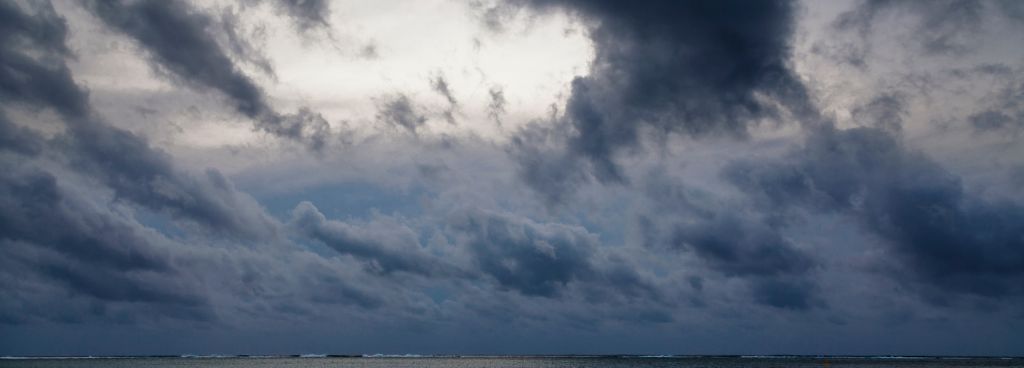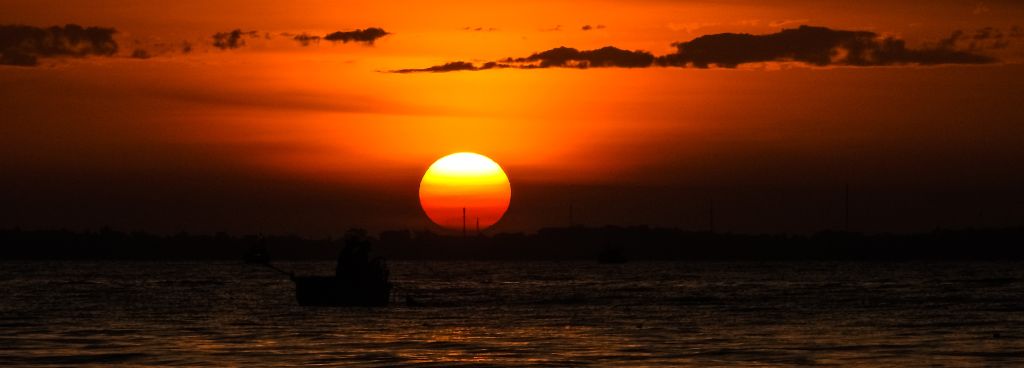Stories Worth Reeling In...
Last Updated on October 2, 2023
Welcome fellow anglers! In this blog post, we’ll dive into the exciting world of saltwater fishing and explore the topic of the best time to go saltwater fishing.
Whether you’re a seasoned angler or just starting out, understanding the optimal fishing times can greatly enhance your chances of a successful and rewarding saltwater fishing experience.
So, let’s embark on this fishing journey together and unlock the secrets of optimal fishing times in the vast saltwater realm.
Table of Contents
Tides have a profound impact on saltwater fishing. Understanding the ebb and flow of the tide is crucial in identifying the prime fishing windows.
Many fish species are highly active during specific stages of the tide, such as during incoming or outgoing tides when baitfish and prey are on the move. It’s essential to study tidal charts and plan your fishing trips accordingly to take advantage of these feeding opportunities.

Weather conditions, including wind, temperature, and atmospheric pressure, also influence saltwater fishing. Fish tend to be more active and feed more aggressively under certain weather patterns.
For example, overcast days can provide excellent fishing opportunities as fish are less wary and more likely to venture out of their hiding spots. Changes in barometric pressure can trigger feeding behavior, especially before or after a weather front.
Some species are more active during specific times of the day or night, while others may be more prevalent in certain seasons. Researching the behavior and habits of your target species will help you plan your fishing trips accordingly.
Fish prefer the early morning and evening sun to the hot midday sun. The surface temperature of the water is also higher at midday, causing the fish to go deeper.
In addition to tides, weather conditions, and fish behavior, several other factors further refine the best time to go saltwater fishing.
Sunrise and Sunset: The hours around sunrise and sunset are often referred to as the “golden hours” for fishing. During these times, the lighting conditions are optimal, and fish tend to be more active near the surface, searching for food.

The soft glow of the sun on the water can make it easier for fish to spot your bait or lures, increasing your chances of a successful catch.
Moon Phases: Many anglers swear by specific moon phases, such as the new moon and full moon, as prime fishing times. During these phases, tidal movements are often more pronounced, leading to increased fish activity.
Seasonal Patterns: Different species migrate, spawn, or exhibit particular feeding behaviors during specific seasons. For example, certain fish may be more abundant during the warmer summer months, while others thrive in cooler waters during winter.
To make the most of the fishing opportunities during dawn and dusk, consider the following tips:
While fishing during midday is possible, it can be less productive due to the intense sun and higher water temperatures. Many anglers prefer early morning or late afternoon for better results.
If you can’t fish during the best times, don’t worry. You can still catch fish at other times by adjusting your techniques, bait, and location. Experimenting and learning from each outing will help you become a more versatile angler.
By applying the tips and techniques discussed in this guide, you’ll be well-equipped to make the most of your saltwater fishing adventures. Remember to respect the environment, follow local regulations, and always prioritize safety.
Enjoy the beauty of the ocean, embrace the thrill of the catch, and create lasting memories as you embark on your saltwater fishing journey.